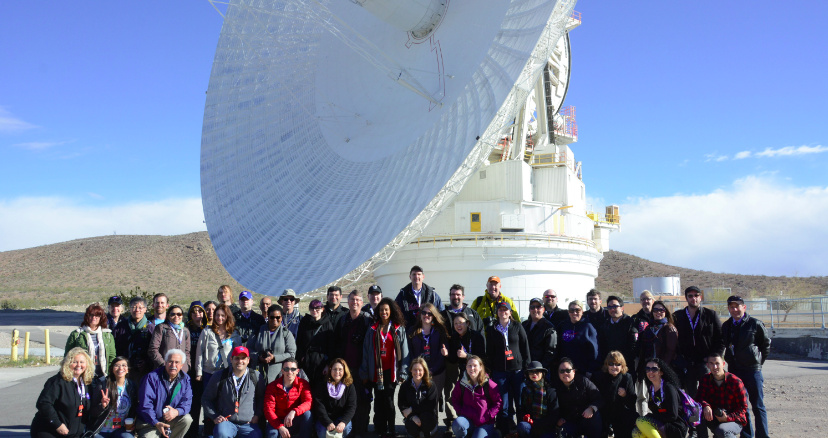Hey guys!! I’m trying to study radio transmission. But I don’t get how power can influence the range. All I know is as greater the power, farter I can reach, but I’m searching for some formula or calculous to explain it better in my project report. I’d appreciate who give me some light on this.
Range depends on the frequency and propagation. It has little to do with power input to the final amplifier stage of the radio. I regularly communicate around the world on 40 meters with less than 5 watts of power input to the tranmitter’s PA stage.
What makes it possible to do that is the frequency, propagation characteristics, s/n ratio, sensitivity of the receiver on the receiving end, and antennas. I use a phased array of 33 foot tall vertical polarized antennas to do it, which have a low radiation takeoff angle, high gain in the forward lobe, high f/b rejection, and 20dB attenuation to horizontally polarized noise (like from powerlines).
Doubling the power at the amplifier increases the signal by 3dB. Increasing the antenna gain by 3dB does the same thing without increasing the power. Both will provide an ERP (Effective Radiated Power) increase of 3dB.
If you are familiar with S-meters (signal strength meters) one S-unit is 6dB. If the station or receiver at the receiving end has a barely readable signal at say S-4 and that signal is just over the noise floor, doubling the power of the transmitter will only increase the signal by 1/2 an S-unit. The receiving end won’t even notice it. Doubling the power again (4x the original power) will only increase the signal to an S-5. Doubling the power once more (8x the original power) will once again only raise the signal to an S-5.5
I hope you can see increasing the power at the amplifier is fruitless. At 8x the power you only increased your gain by 9dB.
However, a high-gain directional antenna array can easily provide 30dB gain at VHF and UHF (microwave) frequencies. The lower the frequency the harder it gets to increase gain because of the size of the antenna array.
So with the original power and a 30dB gain antenna your S-4 signal at the receiver is now S-9. Double the power with the 30dB gain antenna and you are at 3db over 9. Quadruple the power and you are at 6dB over 9. 8x the power gives you what ham operators call “10 over”, which means 10dB over 9 on the S-meter.
Summary: If you want range, spend your money on the antenna, not on power.
Thank you very much! You gave me a good north, but I still have some doubts. What do you suggest me to read and study about antennas? Do you know any site, book or manuals you’d like to recomend?
If you want to study RF transmission then I suggest this http://www.ti.com/lit/ml/slap127/slap127.pdf presentation. It will guide you through almost every aspects of RF engineering that relevant in remote controlling and data radios. Use it as a guideline, if something is not clear use wiki, google or ask here…
If you want to get deep into antenna theory as well as practical application and design the American Radio Relay League publishes this book set for ham radio operators for the last 80 years:
http://www.arrl.org/arrl-antenna-book
If you’ve ever wondered how it is possible for a dune buggy on Mars to send data and pictures back to earth with a 100W transmitter, what makes that possible is the antennas, not power. It is the ultimate RC vehicle.
